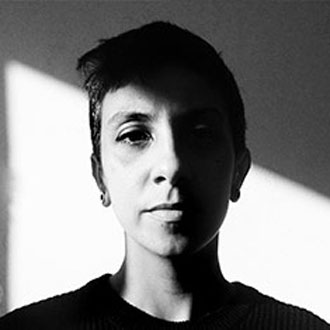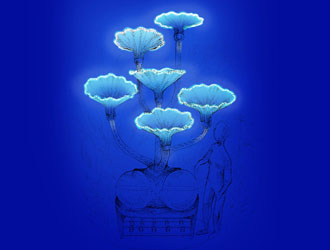Artist
Trans-disciplinary artist, fascinated by old technologies and knowledges with new contemporary applications. She is also in to maker and DIY philosophy, questioning stereotypes, taken-for-granted social behaviors and systems, exploring new paths of bending and blending elements, researching and testing low-tech solutions to build a more resilient future perspective.
Coming from a 25 years radical urban art background and from moving image design, her favorite medium is the city. The spectrum of her art practice is quite wide and she has internationally achieved a large number and different typologies of performances, exhibitions, publishing projects and events under different pseudonyms, also anonymously.
Digging more in depth into paradigm changing, she is conveying wider aspects of human life sustainability and new ethical approach in art and design. In the most recent case, she identifies electricity in nature and automation as the leitmotif of her researches, such as her “No Plug Sound Machine” where the question was “How to make electronic music without conventional electricity?”. The artwork have been exhibited at the Tate Modern Museum with her collective Hackoustic from London Hack Space, at London Urban Street Hackaton 2015, presented at the Aberystwyth Art Center and performed at Ausland, a reference for underground culture and experimental music in Berlin.
Update: 31 January 2022




